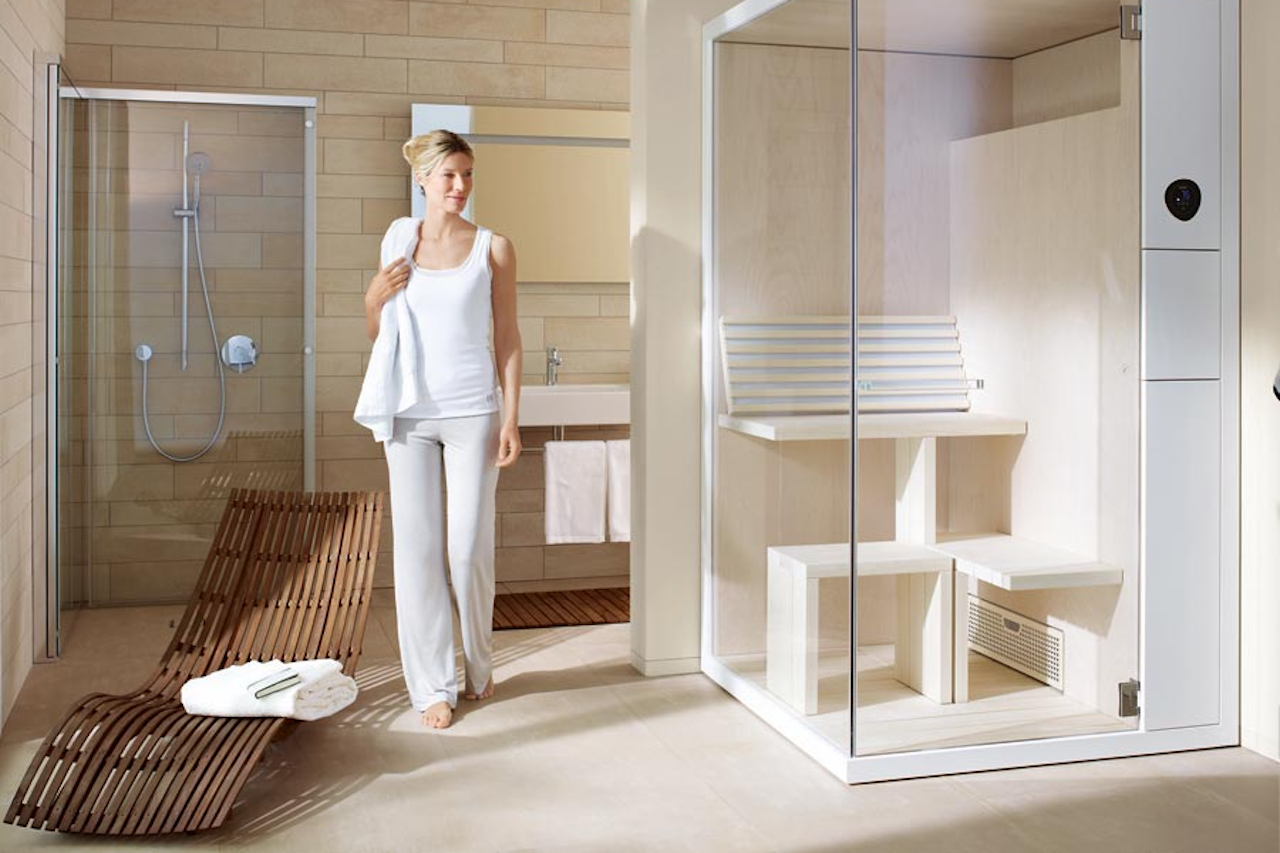- HOME
- Infrared Sauna Insights
- Eco-friendliness
Are Infrared Saunas Eco-Friendly?

The short answer is yes, infrared saunas are more eco-friendly than other sauna types. Compared to traditional saunas, the infrared sauna shines in efficiency, boasting lower energy consumption, and environmentally more friendly construction materials.
This doesn’t only apply to traditional cabin-style saunas — portable infrared devices (sauna blankets and PEMF mats) and panels (Red Light Therapy) also vary in energy use, materials, and overall sustainability profile.
But true sustainability — whether a cabin or sauna blanket — goes beyond energy savings. There are more aspects to consider for a minimal ecological footprint.
Discover how to align your sauna experience with both your well-being and environmental ideals. Whether you're upgrading your current sauna or selecting a new one, this article can help you make choices that resonate with a 'green' ethos, without compromising on health benefits.
A quick tour of the blog post
- Energy efficieny
- Sustainibility, more than energy efficiency
- Infrared combined with PEMF for a greener wellness routine
- Ecological footprint
- Maximizing sauna longevity
- Responsible disposal and recycling
- Sustainable checklist
Throughout this article, when we mention “infrared saunas,” the insights often apply just as well to other infrared therapy devices — especially when it comes to energy use, material sustainability, and long-term value.

Energy efficiency
Where it comes to sustainability, the infrared sauna is remarkably energy efficient. They directly warm the body, rather than expending energy on heating an entire room. This direct action saves power compared to traditional saunas and leads to substantial energy savings with the right selection from the start.
Already have an infrared sauna at home? The way you use it can dramatically influence energy conservation. Minor tweaks in your sauna routine might mean lower energy bills. Curious about optimizing energy efficiency with your infrared sauna? Check out our article "Do Infrared Saunas Use A Lot Of Electricity?"
Sustainability, More Than Just Energy Efficiency
While the energy efficiency of infrared saunas matters, there's much more to an environmentally friendly footprint than just a reduced energy consumption. It concerns the whole production process of the sauna, the materials used during this process and for construction, its life cycle and the possibility of recycling the sauna.
Although conducted with traditional saunas, the study ‘Life Cycle Evaluation of Sustainable Practices in a Sauna Bath’ [1]provides insights into this broader view of sustainability and valuable lessons that can be applied to infrared saunas. The study examines the environmental impacts of materials and energy sources used in traditional saunas, revealing strategies for powerful sustainability improvements.
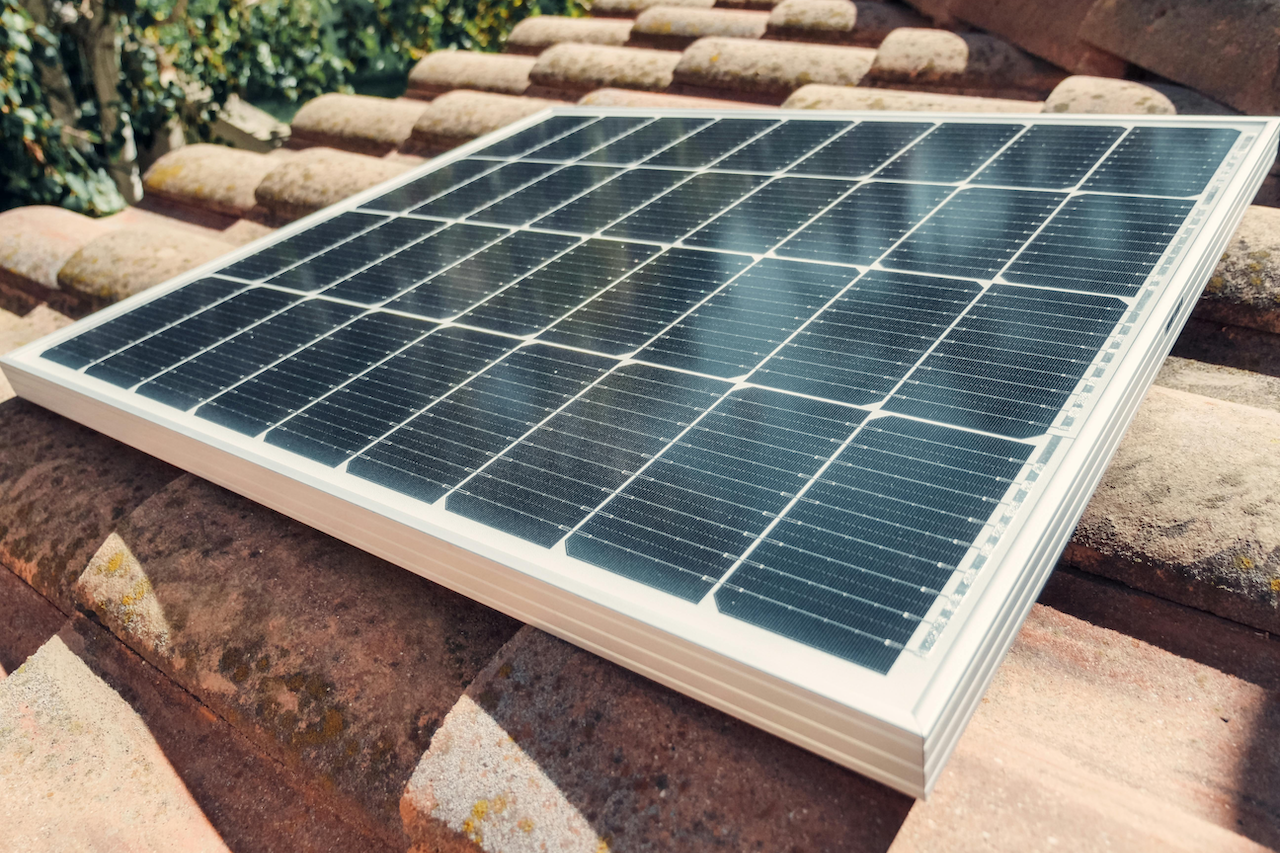
By focusing on the entire lifecycle of saunas, from construction to operation, this research delivers an extensive view of their environmental impact. Key takeaways include the use of sustainable materials like teak wood with graphene coating, which increases durability and decreases the need for frequent replacements.
The study also underscores the potential of renewable energy sources, like solar air heaters, to decrease the carbon footprint of sauna operations. For the home infrared sauna, this suggests an opportunity to integrate solar-powered electricity or other green solutions, furthering their environmental appeal.
INFRARED COMBINED WITH PEMF FOR A GREENER WELLNESS ROUTINE
If you are on a wellness path and also value eco-conscious choices, it’s worth thinking beyond the sauna alone. One thoughtful addition is a combined PEMF and infrared therapy mat. Like infrared therapy, PEMF works with the body’s natural systems — promoting recovery, circulation, and relaxation — but with even lower energy use.
PEMF therapy is widely embraced in pain and rehabilitation circles for its gentle yet effective support of the natural healing processes, helping with conditions like arthritis, muscle soreness, (nerve) pain, and sports injuries.
PEMF mats are built with longevity and non-toxic materials in mind, aligning beautifully with a sustainable lifestyle. If your wellness routine is evolving, adding PEMF could offer meaningful benefits without compromising your commitment to the planet.
For more details on the benefits and eco-friendly features of PEMF therapy, be sure to explore our dedicated PEMF resources on saunace.com.

Check out our best PEMF mat review
The Ecological Footprint of the Materials Used in Sauna Cabins
Wood sustainability
Your research of durability of your (future) infrared sauna starts with understanding the wood used in their construction. The ecological footprint of the used wood depends on several factors. These relate to where the wood is sourced, the type of wood and the environmental impact of its processing and use. For detailed information on types of sauna wood and their individual sustainability profiles you can read: 'What Is The Best Wood For My Infrared Sauna'.
Preference should be given to rapidly renewable sources like Hemlock, Spruce, or Aspen, and sustainably managed plantation wood, such as Pine. Using reclaimed or recycled wood can also be a sustainable option. This approach reduces the demand for new timber but also the environmental impact associated with logging and processing. Certifications like the FSC (Forest Stewardship Council) [2] and PEFC (Programme for the Endorsement of Forest Certification) [3] ensure that the wood is sourced from forests managed responsibly, promoting ecological balance and benefiting local communities.
Another factor to look out for is whether the wood is sourced locally to the manufacturing site due to the reduced carbon emissions from transportation. This aspect increases the overall durability.
Finally, you can also check that the wood treatment process uses non-toxic and environmentally friendly chemicals, protecting both the environment and personal health.

Reviewing Non-Wood Material Sustainability
While wood is a key material in many infrared sauna cabins, it’s important to remember that not all infrared therapy devices rely on wood construction. Portable infrared blankets, mats, and panels often use a variety of other materials, each with their own environmental impact.
To fully understand the ecological footprint of your infrared device or sauna cabin, it’s essential to assess the sustainability of all non-wood materials involved. This includes energy-efficient insulation, non-toxic adhesives, and structural components like glass, stainless steel, and synthetic fabrics.
Evaluating these materials helps ensure your choice supports both wellness and environmental responsibility.
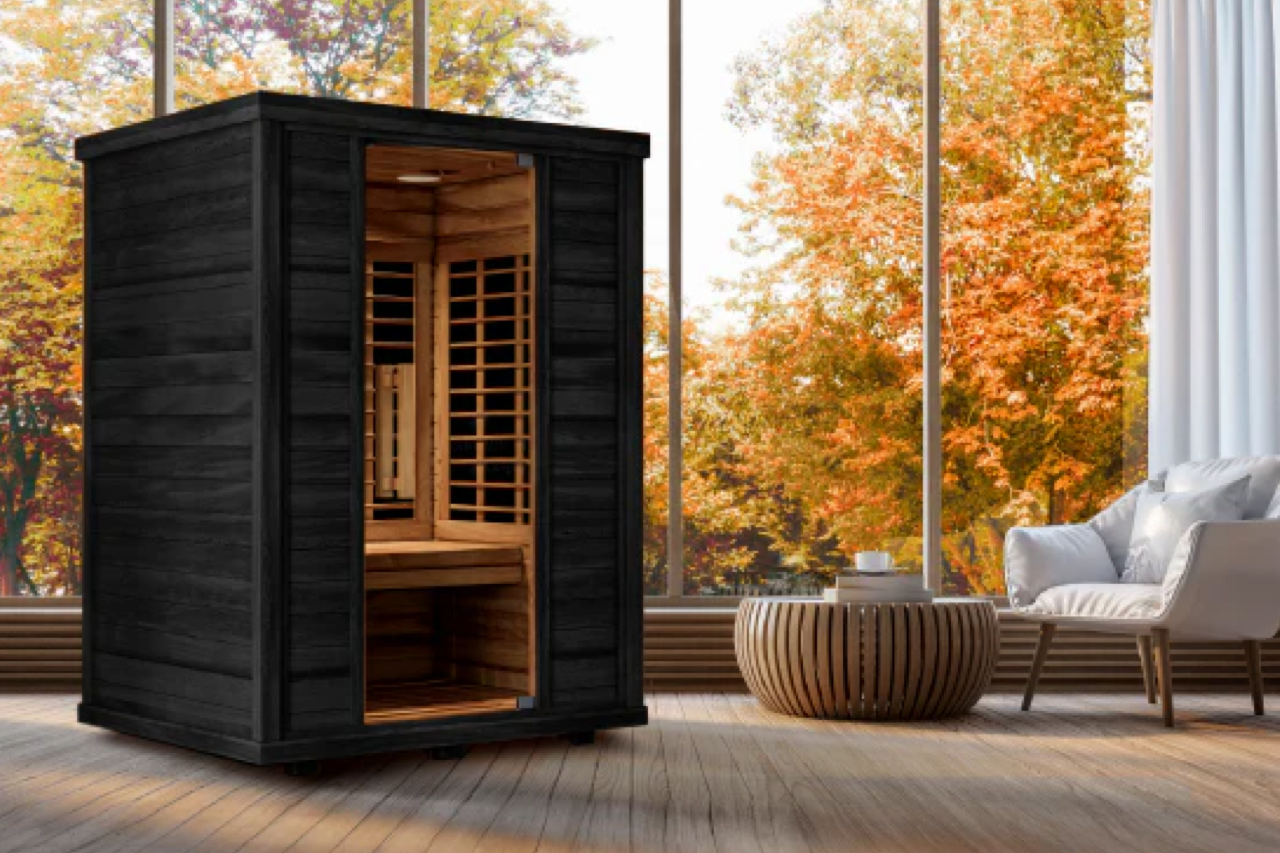
Manufacturer's Environmental Commitment
When you check a sauna manufacturer's dedication to sustainability, it’s essential to look beyond just the use of renewable energy sources like solar or wind power, and non-toxic cleaning products. A truly sustainable manufacturer also demonstrates fair labor practices and responsible sourcing.
You could check their efforts to reduce their environmental footprint out online, including how they manage their resources and waste. Additionally, look at their commitment to sustainability in material sourcing and production processes. Do they have environmental certifications or third-party validations to substantiate their claims?
MAXIMIZING SAUNA LONGEVITY
The lifespan and durability of an infrared sauna are important factors to consider: A sauna that lasts longer produces less waste and has greater value over time.
High Quality Saunas
The lifespan of a home infrared sauna can vary significantly based on the quality of its components, usage, and maintenance. A top-quality sauna can last for 10 to 20 years. The longevity of these quality saunas can be extended with regular use, proper care and maintenance, making it a long-term investment for spa-like treatments at home.
Checking out different manufacturers and the materials and construction methods they use can give you an idea of the expected lifespan of their saunas. Brands that use high-quality, sustainably sourced materials and have a good reputation for building durable products are likely to offer saunas that last longer.
High-quality materials, such as Canadian cedarwood, stainless steel, and glass, can enhance the durability of the sauna.
Similarly, infrared therapy devices like sauna blankets and PEMF mats vary in lifespan depending largely on the intensity of use and build quality. With proper care, well-made devices can provide years of effective therapy, offering a flexible, lower-impact alternative to a sauna cabin.
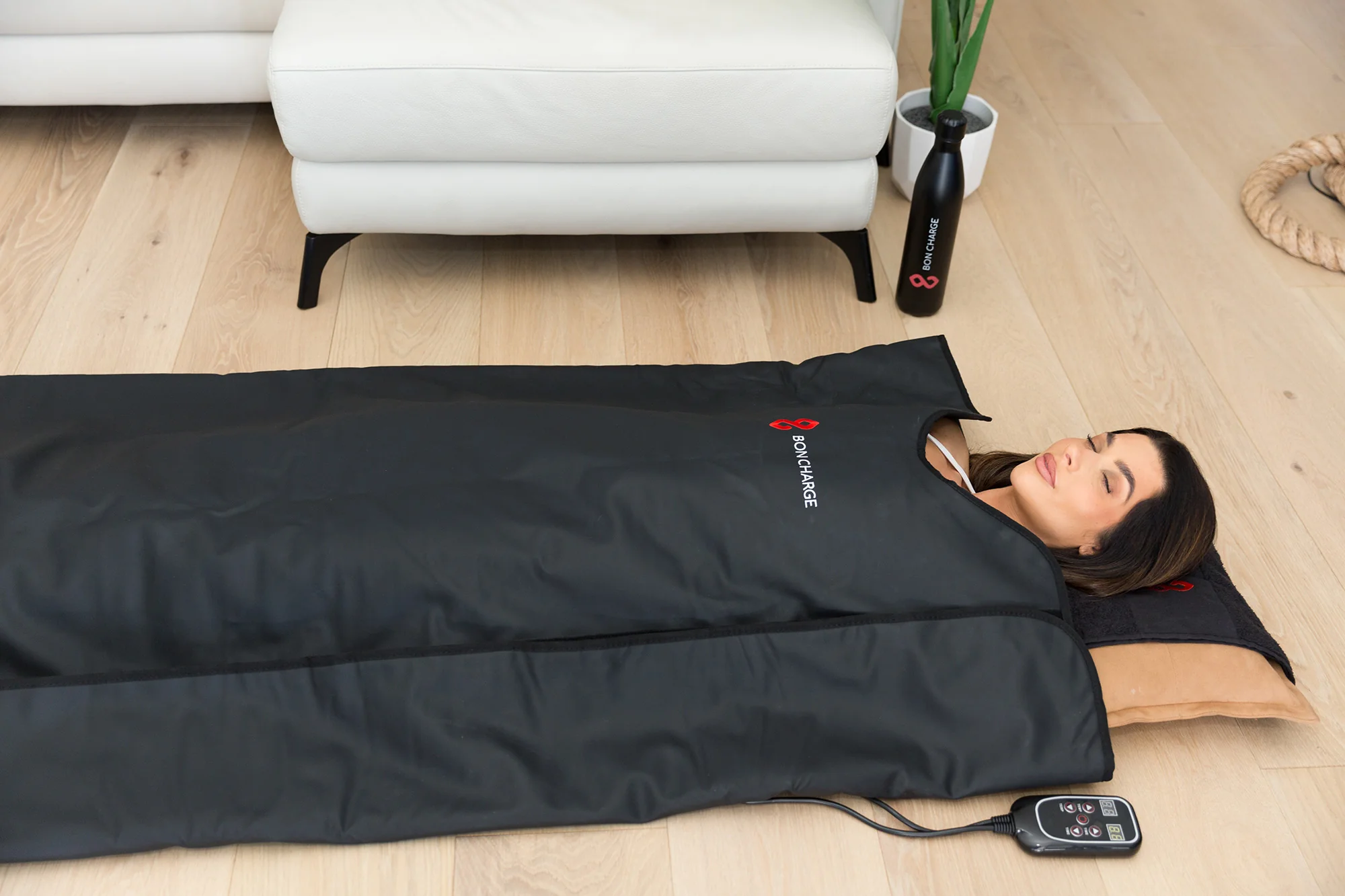
Have a look at our latest sauna blanket review
Waranties
When considering the purchase of a sauna, look for warranties and read user reviews to gauge its longevity. Manufacturers confident in the durability of their products often offer more extended warranties.
Maintenance
Proper maintenance is crucial for prolonging the life of your sauna. This includes keeping it clean, ensuring it is dry after each use to prevent mold and mildew, and checking the heater and other components for any signs of wear or damage. Regular inspections and maintenance can help identify and address any issues before they become major problems.

Responsible Disposal And Recycling
Contemplating a sauna renovation? The approach you take in disassembling and handling the materials plays a pivotal role in defining the sustainability of the entire process.
Manufacturer Take-Back Programs
Some manufacturers offer take-back programs for their saunas. These initiatives facilitate the proper disposal and recycling of sauna components.

Ready to redesign your infrared sauna? Check out these 10 inspiring design ideas for 2025
Repurposing Usable Components
Parts of infrared saunas, such as doors, heaters, and benches, can often be repurposed. Salvaging and reusing these parts in other capacities contributes significantly to reducing overall waste.
Recycling of Construction Waste
At the end of their lifecycle, infrared saunas produce various waste materials, including specialized insulation, electronic parts, and wood. It's important that these materials are sorted and responsibly recycled. This often involves specialized processes due to the unique nature of sauna materials.
A Sustainable Checklist
To streamline your quest for a more eco-friendly infrared sauna, here are some simplified steps:
- Certification Check: Look for energy efficiency and sustainable material certifications.
- Energy Consumption: Ask for specific energy usage data and compare it across models.
- Material Source: Verify the source of the wood and other materials used.
- Warranty and Durability: A longer warranty can be a good indicator of a sauna's lifespan.
- Recycling and Disposal: Find out what you can do with the sauna at the end of its life.
- Brand Reputation: Manufacturers committed to sustainability typically have explicit policies that outline their environmental practices and standards.
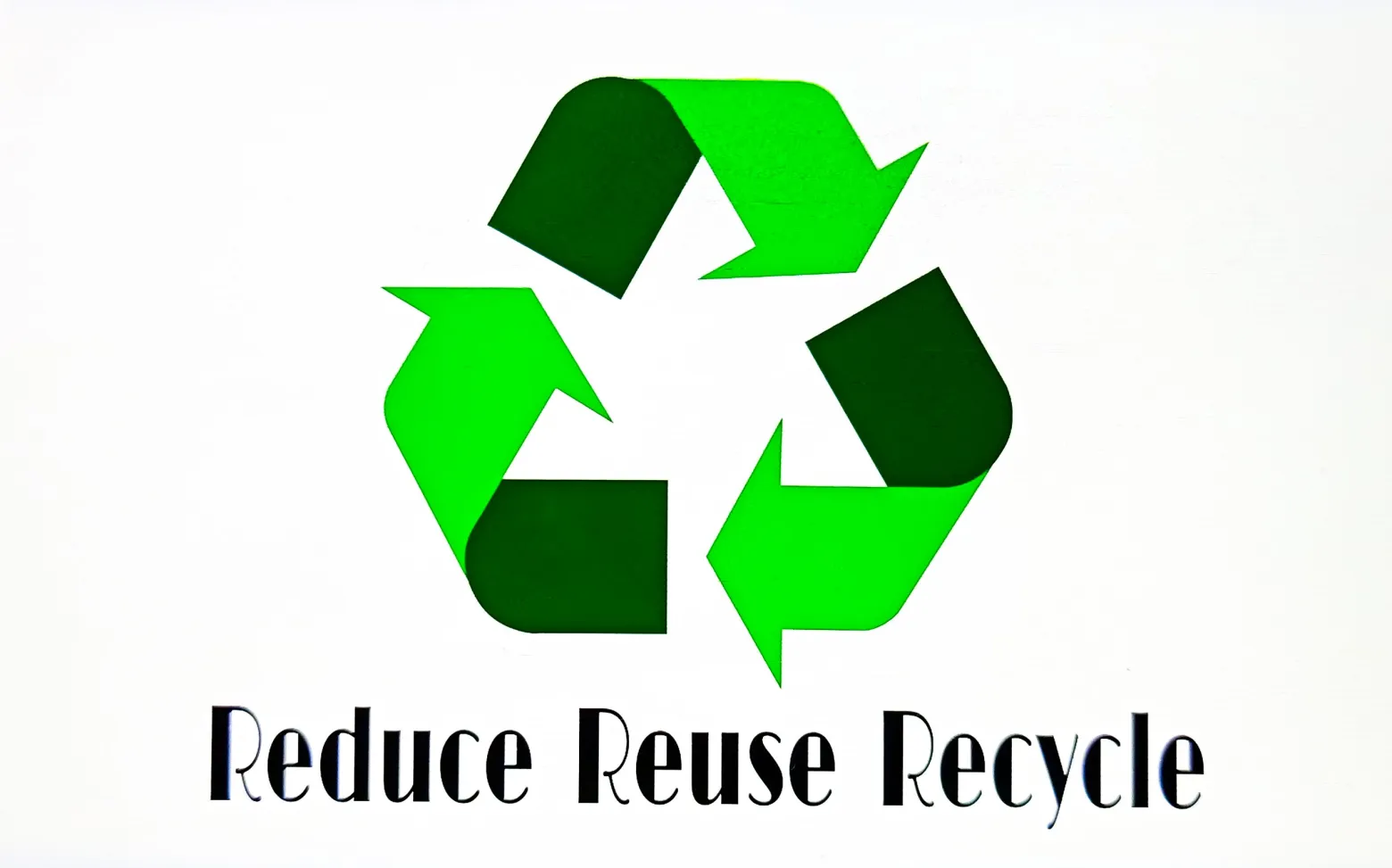
As you look into the sustainability aspects of saunas, be vigilant against greenwashing. ‘Greenwashing' occurs when companies overstate the environmental benefits of their products. Some companies call a product “eco-friendly and ethical”, when closer scrutiny reveals that only one of many ingredients or materials is actually eco-friendly and ethically sourced.
To make a truly informed choice, peruse the environmental claims made by manufacturers and seek out robust proof, such as third-party certifications.
If you're keen on learning more, explore our other infrared sauna insights by visiting the blog at saunace.com. Stay informed with the latest tips and sustainable practices to help you make better choices for your wellness and the planet.

Diane Sargent
Fascinated by this topic? Expand your understanding here, and explore more at saunace.com
References
1. Luis Velazquez, et al., Life Cycle Evaluation of Sustainable Practices in a Sauna Bath, Sustainability. 2019; 11(20):5647, https://www.mdpi.com/2071-1050/11/20/5647
2. Forest Stewardship Council, The Future of Forests is in Our Hands, https://fsc.org/en
3. Programme for the Endorsement of Forest Certification, PEFC - your partner for the EUDR, https://www.pefc.org/
